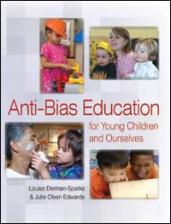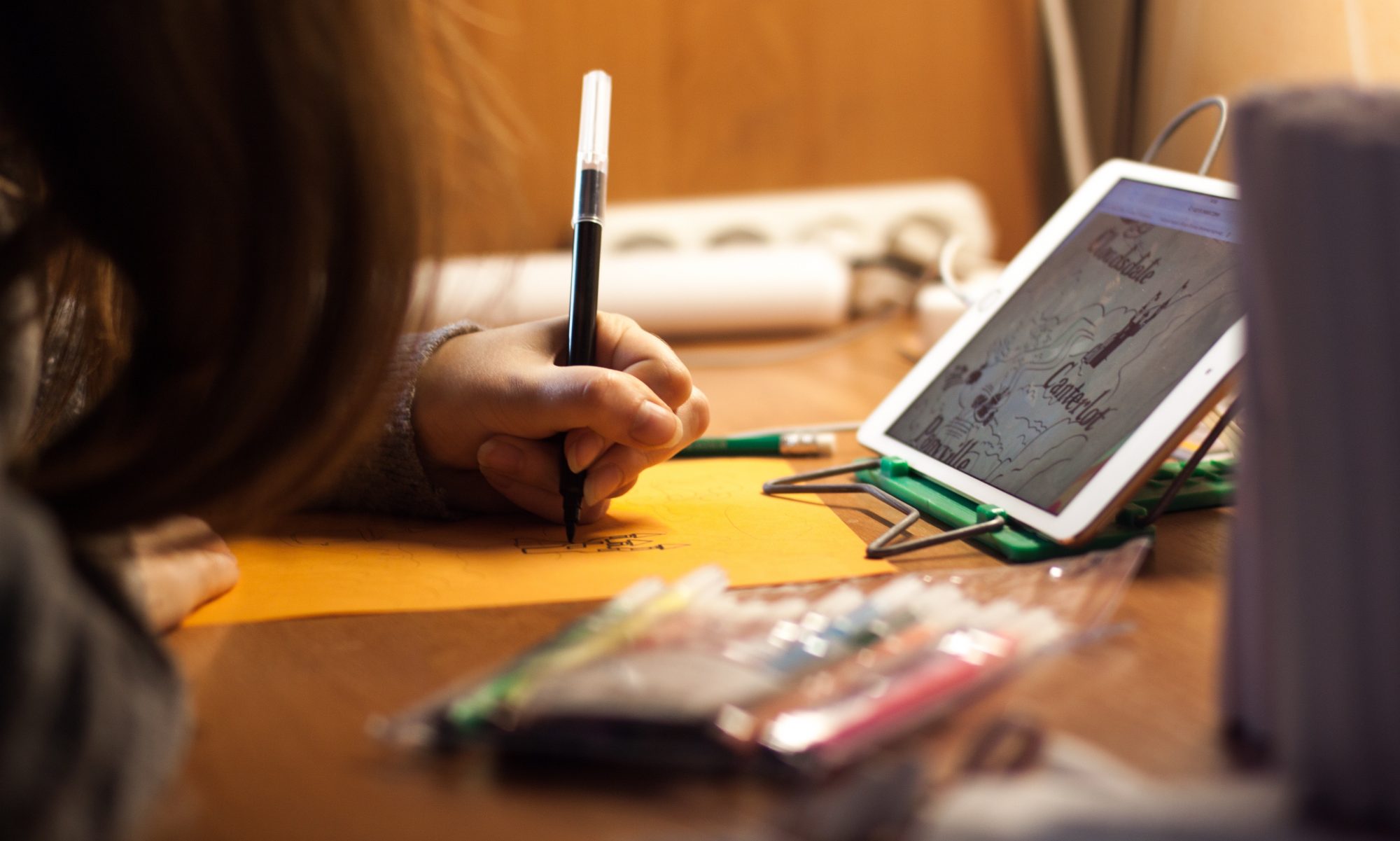In my previous post, I posed questions about if it is more important to examine consumption or creation in young children’s media, specifically from the perspective of working with diverse communities. Readers’ responses have stated that both are important and need to be considered. Their responses provoked deeper thinking and compelled me to ask a number of questions, one being: do we see diversity as an issue in young children’s interactive media?
When I posed the initial question around consumption-based interactive media in early childhood, I failed to realize that there are some flaws in my inquiry. The first is that I assumed that early childhood educators and parents see that there is a problem with the amount of diversity in quality interactive media. I didn’t initially pose the question to see if people thought there was an issue around diversity. The second flaw is that I assumed that educators and parents feel able and capable of choosing quality interactive media that celebrate and honor diverse communities and that they feel comfortable facilitating discussions around generalizations and stereotypes. I am assuming that professionals and parents have a certain level of sensitivity and awareness around diversity and that may not be the case.
Through my education and work experiences, I have learned that there are early childhood professionals with good intentions that also may have biases, which may become integrated in their work. Building self awareness and cultural competency have to become daily practices that can be very uncomfortable and time consuming. However, a lack of this competency can cause educators to create an environment (which includes technology) that is not conducive for all children’s growth and development.
 To further explore issues around diversity and early childhood programs, I refer to Anti-Bias Education for Young Children and Ourselves (2010, NAEYC) by Louise Derman-Sparks and Julie Olsen Edwards. The intentions of this publication are “to support children’s full development in our multiracial, multilingual, multicultural world and to give them the tools to stand up to prejudice, stereotyping, bias, and eventually to institutional “isms” (Derman-Sparks et. al, 2010, p. vii).
To further explore issues around diversity and early childhood programs, I refer to Anti-Bias Education for Young Children and Ourselves (2010, NAEYC) by Louise Derman-Sparks and Julie Olsen Edwards. The intentions of this publication are “to support children’s full development in our multiracial, multilingual, multicultural world and to give them the tools to stand up to prejudice, stereotyping, bias, and eventually to institutional “isms” (Derman-Sparks et. al, 2010, p. vii).
Within their book, the authors mention a number of components to consider for the early childhood environment. Derman-Sparks et. al state:
An environment rich in anti-bias materials invites exploration and discovery and supports children’s play and conversations in both emergent and planned activities. It alerts children to which issues and people the teacher thinks are important and unimportant. What children do not see in the classroom teaches children as much as what they do see.
An anti-bias environment is also culturally consistent for the children and families it currently serves…In addition to seeing themselves in their learning environment, children also need materials that honor diversity both within and beyond their own identity groups. (2010, p. 43)
The authors also stress the importance using materials that are accurate and nonstereotypical and encourage educators to avoid using one material to represent a particular group or way of life.
As I reflect on these statements from Anti-Bias Education, I wonder if early childhood educators and parents are utilizing this resource when evaluating quality interactive media for young children. Are we applying anti-bias education into our selection and application to make sure we are making appropriate choices that support all children’s full development? When we use technology, are we creating environments in which all children feel comfortable and represented?
The reason I pose the question “do we see diversity as an issue” is because caring about diversity isn’t a trendy thing nor is it something that happens on one occasion and then disappears. It’s not something that can easily be solved and mastered. It’s a concerted everyday effort, full of messiness, epiphanies, lessons, and humility. It forces us to have conversations with others to reflect on ourselves, our intentions, and our choices. Even being a woman of color in American society who has a certain level of awareness of biases, I still have to constantly evaluate my own “isms” and how I’m bringing that to my selection of technology and interactive media to empower and support all children. A commitment, understanding, and awareness of diversity in young children’s tools is a practice and a process. Are we as a field willing and ready for this? If so, do we see diversity as a current issue in young children’s interactive media? What are your thoughts?

One Reply to “”